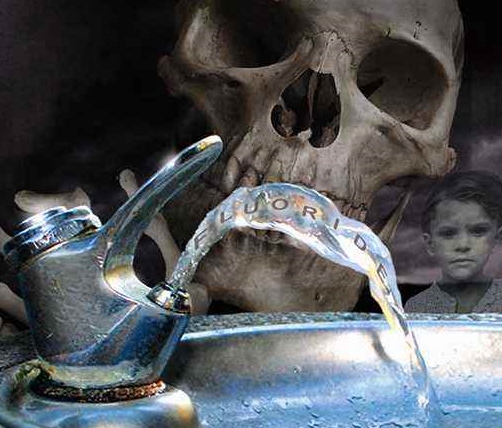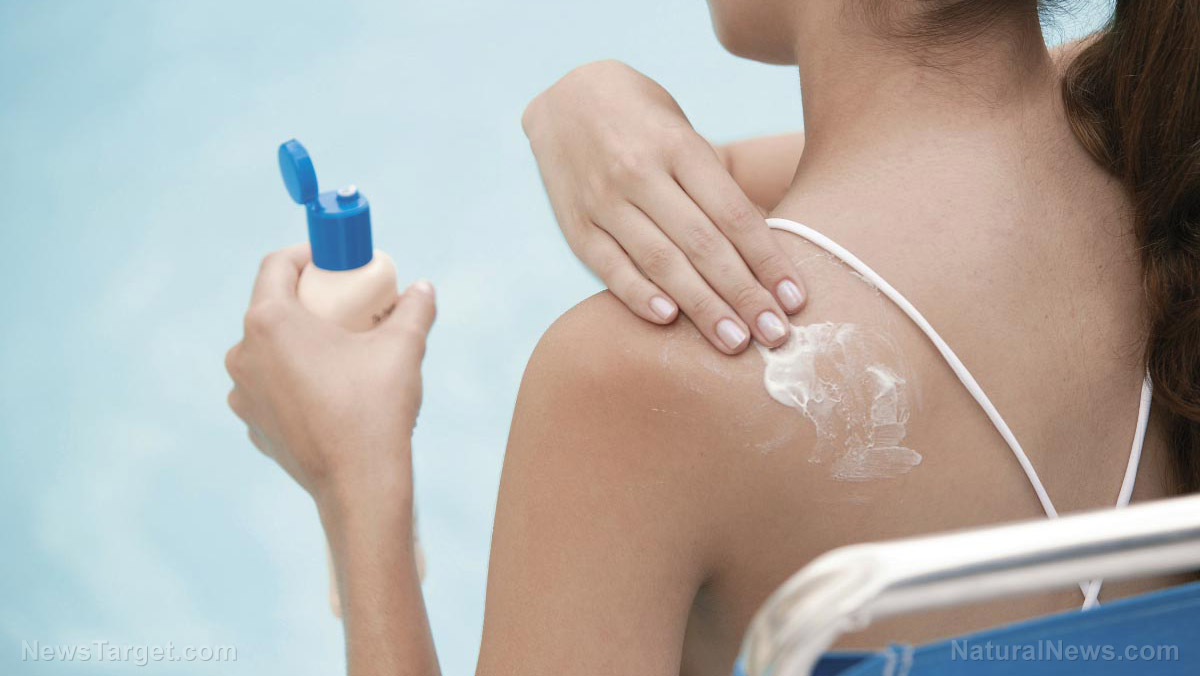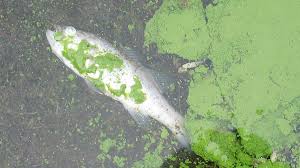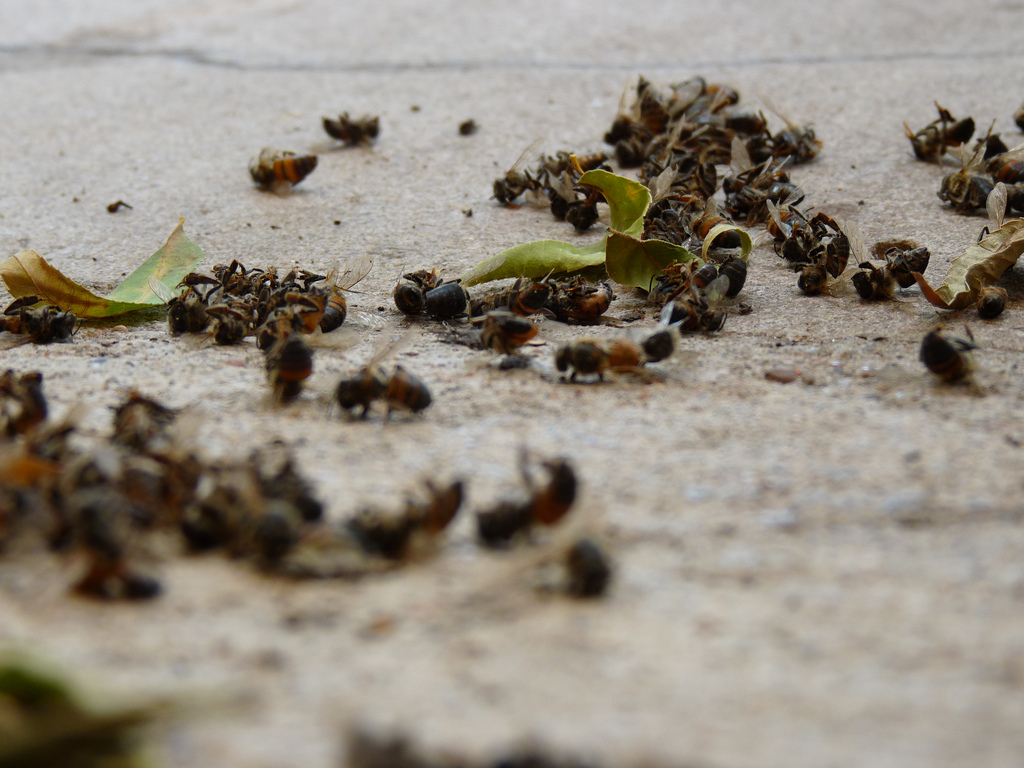Lead exposure kills over 400,000 Americans a year, finds alarming new study published in The Lancet
09/03/2019 / By Zoey Sky

Lead poisoning is a serious health concern and should not be taken lightly. Children are particularly at risk of exposure to this toxic heavy metal. Protect your family from lead exposure by keeping your home clean and following a balanced diet.
The dangers of lead exposure
Exposure to lead can affect the developing brains and nervous systems of children, which can cause adverse symptoms, such as:
- Aggressive behavior
- Anemia
- Appetite loss
- Constipation
- Fatigue
- Headaches
- Hypertension
- Irritability
- Loss of developmental skills in children
- Memory loss
- Sleep problems
Lead exposure is also highly dangerous to adults. A study published in The Lancet Public Health journal revealed that lead is behind deaths among adults “at a rate 10 times higher than previously thought.” (SOURCE)
In this study, scientists analyzed data on 14,000 adults in the U.S. The participants were followed for about 20 years after an initial test of the lead levels in their blood.
Based on this data, researchers found that lead exposure caused at least 412,000 adult deaths in the U.S. annually. They warned that lead exposure can increase your risk of developing hypertension, ischemic heart disease, and stroke. (Related: Exposure to lead or mercury increases cholesterol levels in your blood.)
Take note that there is no “safe” blood lead levels in children. Even low levels of the toxic heavy metal are linked to negative side effects in adults.
Preventing lead exposure
The tips below can help ensure that you and your loved ones avoid lead exposure.
Fix chipped, peeling lead-based paint
Before renovating an older home, have it checked by a licensed lead inspector. You can also minimize lead exposure by keeping children and pregnant women away from a pre-1978 home that is currently being renovated.
Talk to homeowners or landlords and ask if an older home has lead-based paint. This information must be disclosed before you rent or purchase a property.
The lead-based paint used in homes and apartment buildings built before 1978 is one of the biggest sources of lead. Unfortunately, this material may be buried under layers of newer paint.
While paint in good condition isn’t usually a problem, chipped, cracked, or peeling lead-based paint poses a major threat to your health. Keep paint from further deterioration by covering it with contact paper or some duct tape.
Clean your house regularly
Friction on painted areas, like along door frames, railings, stairs, and window sills, can produce dust. When inhaled, even small amounts of lead dust are a hazard.
Children can swallow paint chips or ingest lead dust when they put their hands or toys and small objects in their mouth. Teach children to wash their hands thoroughly before meals, after playing, and before bedtime. Wash bottles, pacifiers, toys, stuffed animals, and other items that your children use or play with regularly using soap and water.
Adults may also ingest lead dust that collects on food, plates, or utensils. To avoid lead poisoning, clean up the dust in your home. Use damp rags to clean window sills and use a wet mop on the floor. When using a vacuum cleaner, choose one with a HEPA filter.
Check the lead content of your tap water
Lead can leach into drinking water from lead-contaminated faucets, pipes, and solder. Water from pre-1986 homes is also more likely to contain lead.
Check reports from the Environmental Protection Agency (EPA) on water quality for local water systems or get your household water tested for lead by an EPA-certified laboratory.
Use a water filter that’s certified for lead removal by NSF International (formerly National Sanitation Foundation). Change the cartridge as often as recommended by the manufacturer.
Eat a balanced diet
Eat healthy foods and avoid using items that may contaminate food with heavy metals, like lead crystal or lead-glazed pottery or porcelain.
Some candies imported from Mexico and certain folk medicines can also contain lead.
Even homegrown vegetables can become a health hazard if they are planted in soil with high levels of lead. If you’re planning on starting a home garden, cultivate your crops away from the foundation of older homes.
Eating foods that are high in calcium, iron, and vitamin C can prevent lead from being stored in the body, especially that of children.
These foods include:
- Calcium-rich cheese, dark green leafy vegetables, milk, tofu, and yogurt.
- Iron-rich beans, fortified cereals, lean meat, and peanut butter.
- Vitamin C-rich grapefruits, green peppers, oranges, and tomatoes.
According to the CDC, children should be screened for lead poisoning with a blood test, particularly those with a high risk of exposure.
Protect your whole family from exposure to heavy metals like lead by keeping your home clean and eating a balanced diet every day.
Sources include:
Tagged Under: cardiovascular disease, child health, children's health, clean food watch, contaminated water, disease causes, environment, heart disease, Lead, lead exposure, lead paint, lead products, old houses, prevention, stroke, tap water, toxic elements, toxins, water, water quality
RECENT NEWS & ARTICLES
COPYRIGHT © 2017 POISON NEWS

















